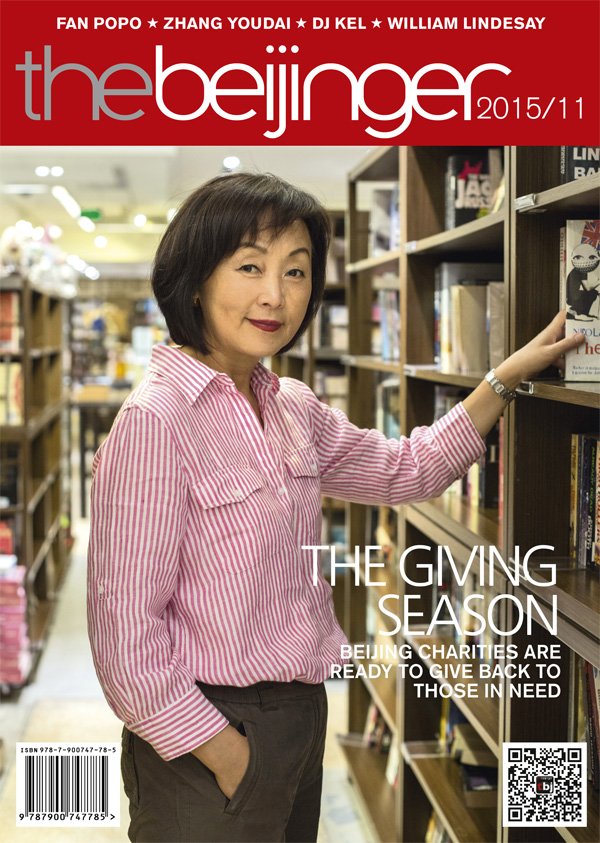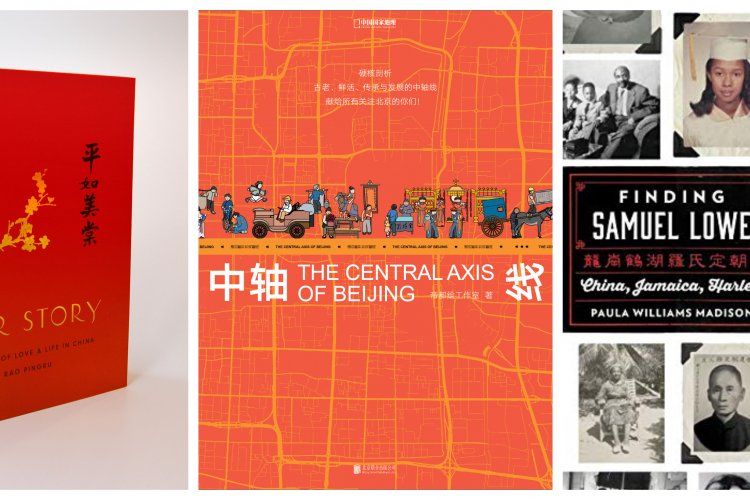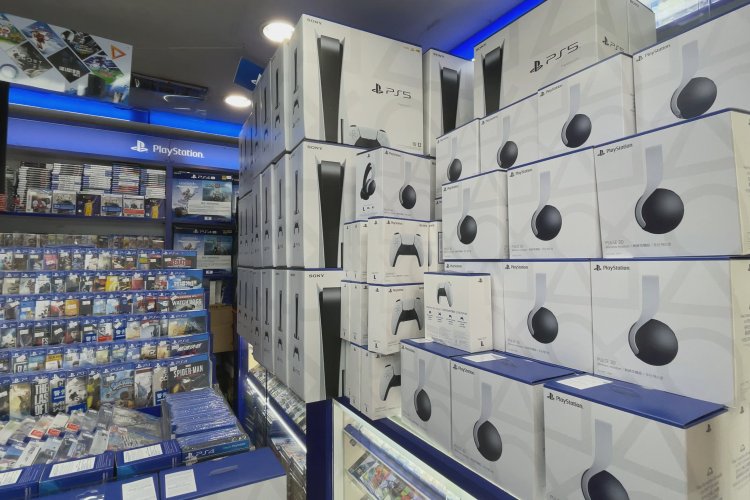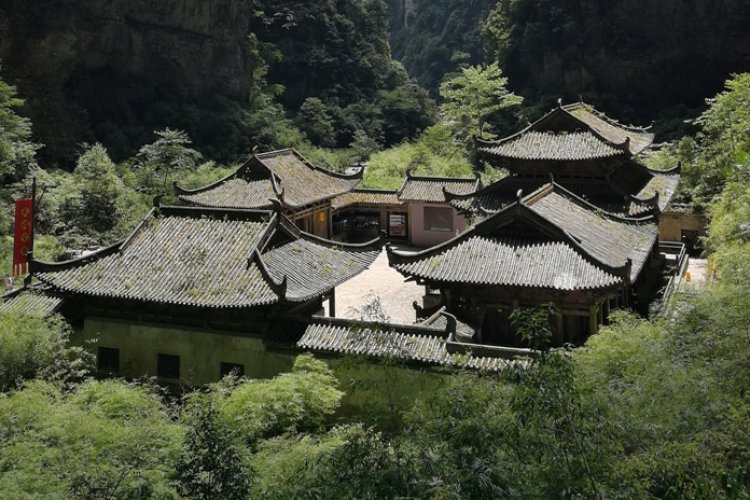Hiroshima: A Traumatized City Rich with History, Warmth, and … Okonomiyaki
It is unlikely that Hiroshima will shake its reputation as the first city to be the victim of a nuclear bomb, but far from tumbling into despondency as one might after such extreme shock, the city shows few signs of the trauma that devastated it 70 years ago. Instead, the Japanese coastal municipality has woven the events of August 6, 1945 into its conscious narrative while embracing outside influences, which posits it as the perfect getaway, rich with history and modern touches, and surrounded by smaller cities of exceeding beauty.
The center of Hiroshima is easy to navigate – 30 minutes by foot or a quick ride via the city’s tram system will get you almost anywhere – and as with most mid-size cities in Japan, it is organized around a main indoor mall home to a mixture of big brands and neighborhood stores that allow for easy gift shopping on your way out.
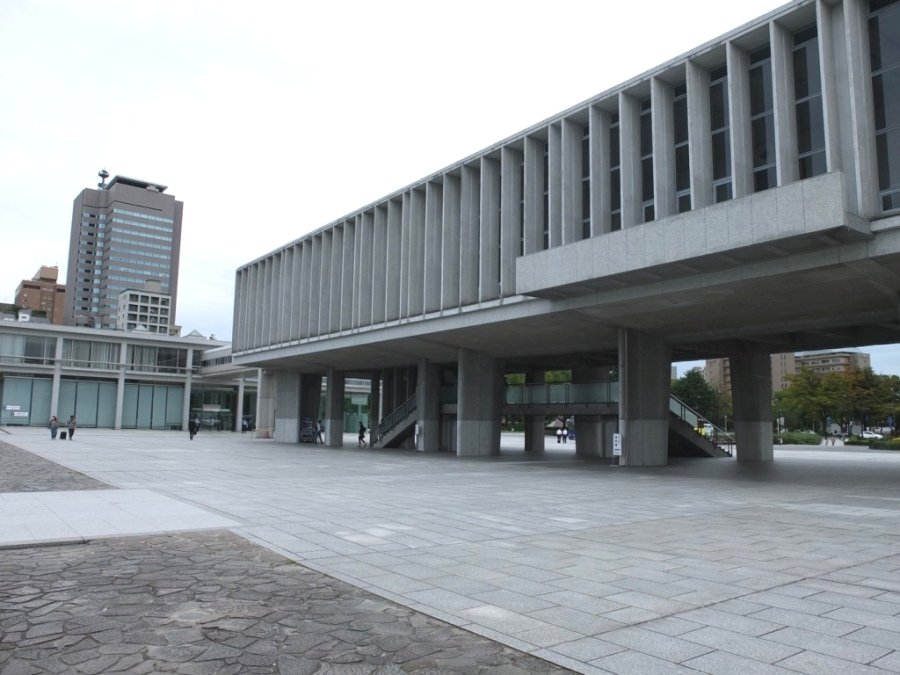
Starting off in the south-east of the city, visitors can get a good introductory feel of Hiroshima and its past with a stroll down Heiwa-Odori, or Peace Avenue, which leads all the way up to the Peace Memorial Museum and Park. A visit to the museum is a must. Events that were once nebulous and distant come into sharp focus, largely through the harrowing anecdotes of school children and the articles that they left behind in the hours after the blast.
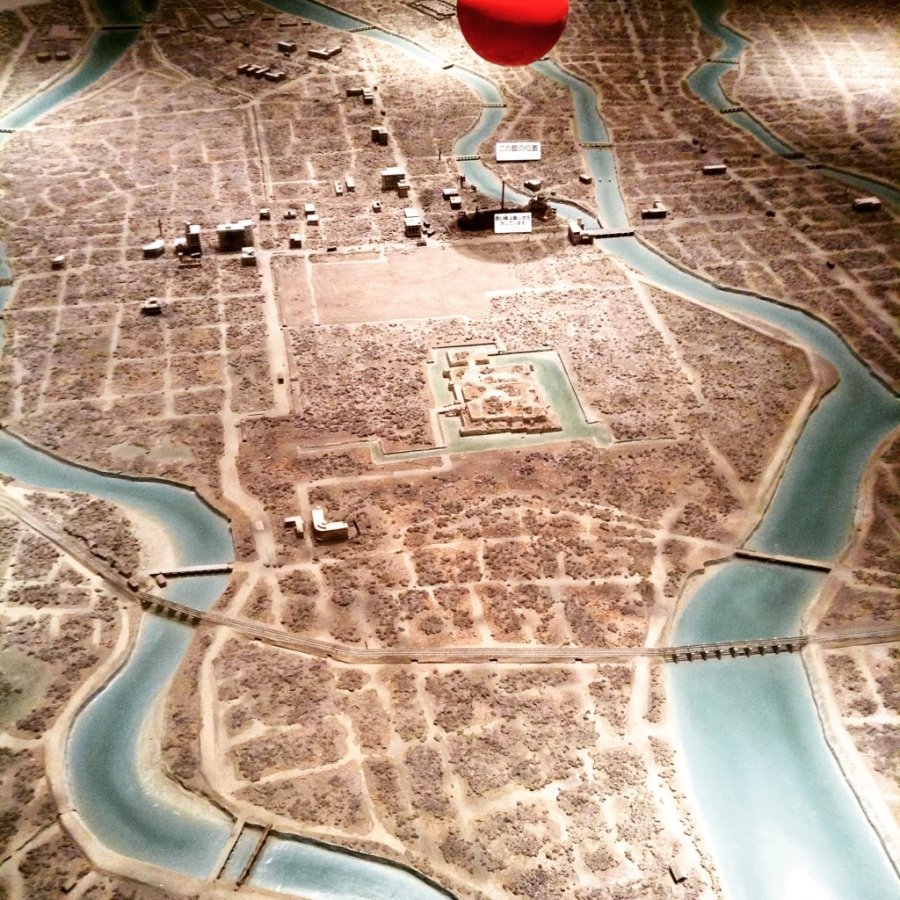
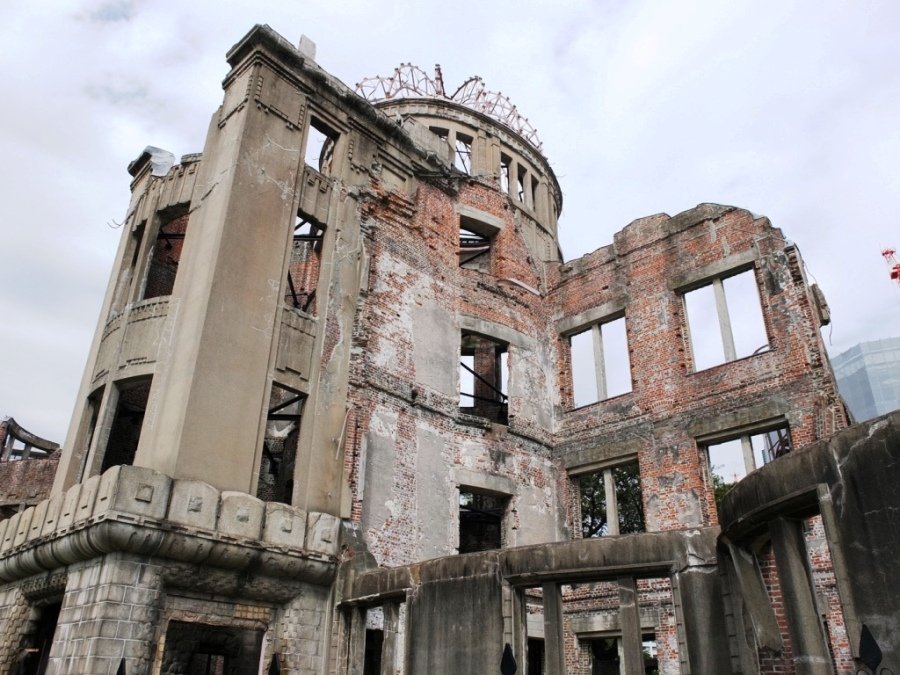
Volunteers are on hand to describe the immediate explosion and the secondary effects of the radiation in better detail. The latter exhibits of the museum set out to inform of the ongoing dangers of atomic war, taking a firm anti-nukes approach. Walking north from the museum, the Genbaku Dome, one of the few structures that survived the blast, stands defiant and acts as a temporal and structural marker for where Little Boy exploded as well as an area enjoyed by locals who congregate by the river to chat and eat lunch.
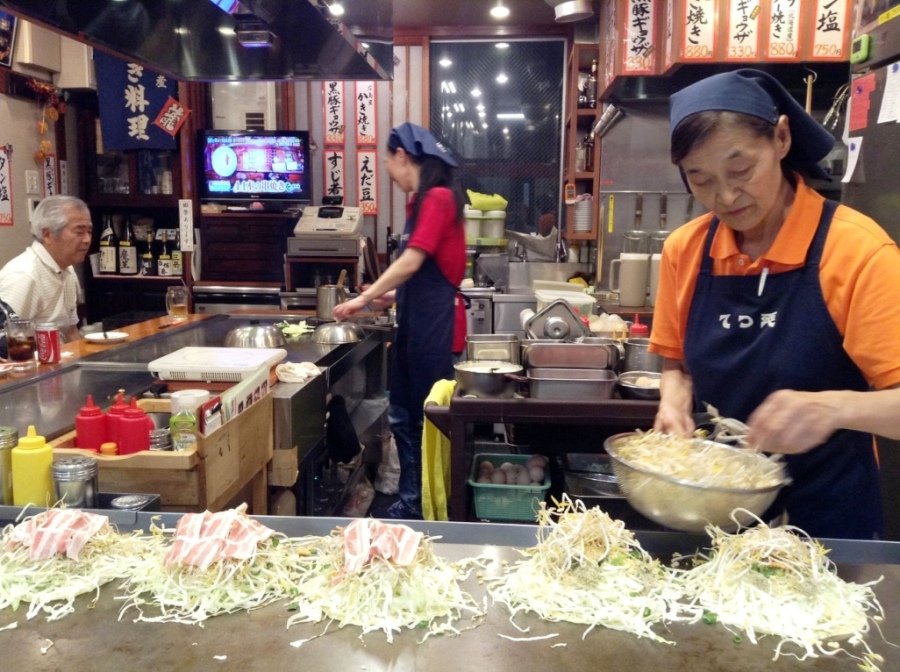
Gastronomically, Hiroshima is best known for its okonomiyaki (RMB 45), a thick, pancake-like mess of a food made with egg, cabbage, soba noodles, and meat, seafood, or cheese. To demonstrate the local pride that arises from this most fitting of beer accompaniments, there’s an entire six-floor building dedicated to it in the form of Okonomi-mura. Once stuffed, craft beer lovers will want to head to Raku Beer – one of Hiroshima’s, and Japan’s, best taprooms – boasting an admirable 17 taps and an excellent mix of brews from all over the country. Although not particularly cheap (upwards of RMB 60 for 500ml), the space and warm atmosphere afford a place to relax after a taxing day.
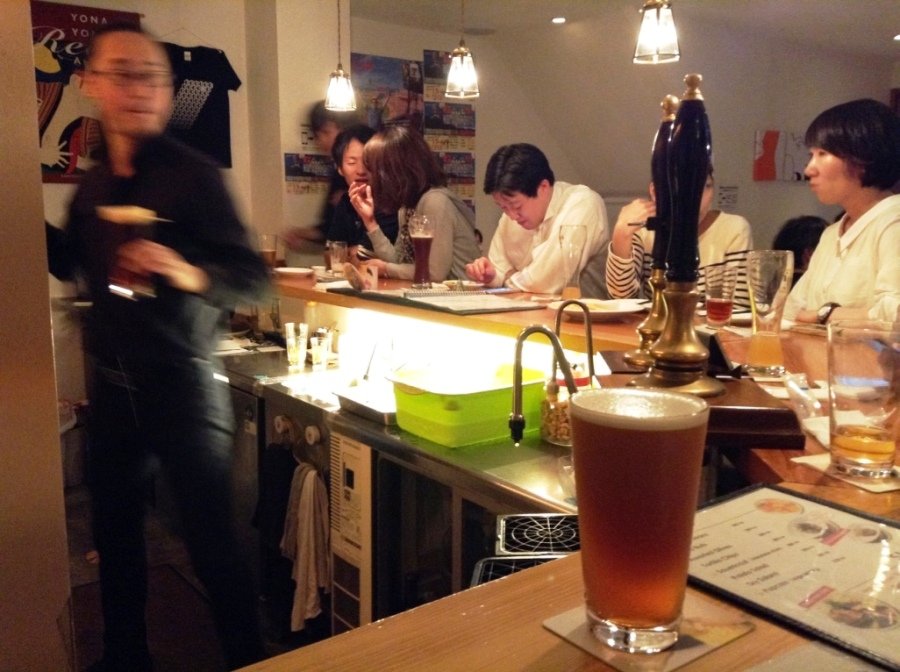
Hiroshima has enough sites to warrant a stay of a few days but more curious travelers, aided by Japan’s vast and convenient high speed rail system, may want to consider day trips to Miyajima and its floating torii (gate) to the west and Japan’s best-preserved white castle, Himeji, in the east.
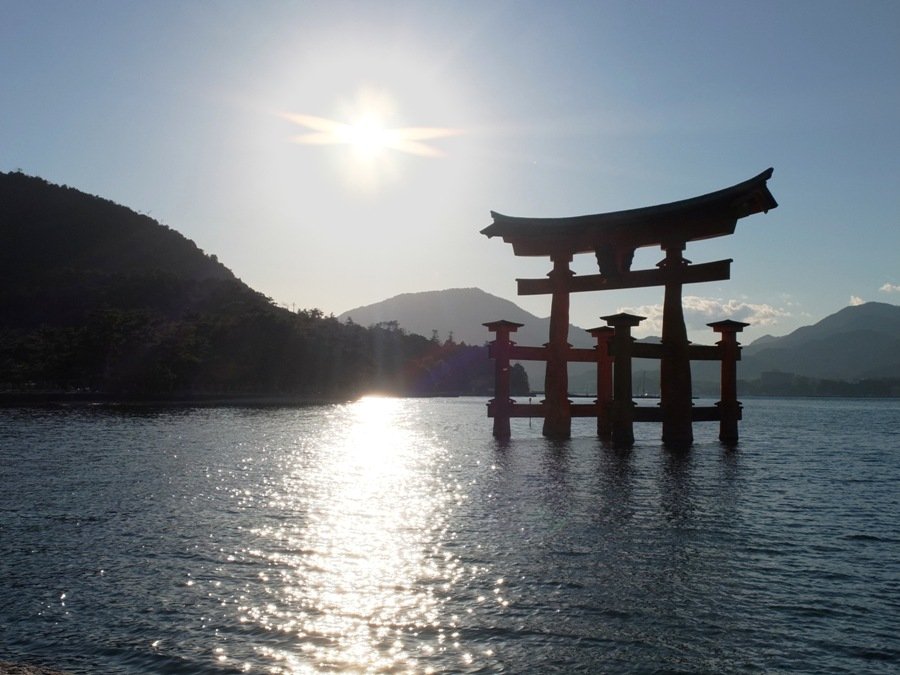
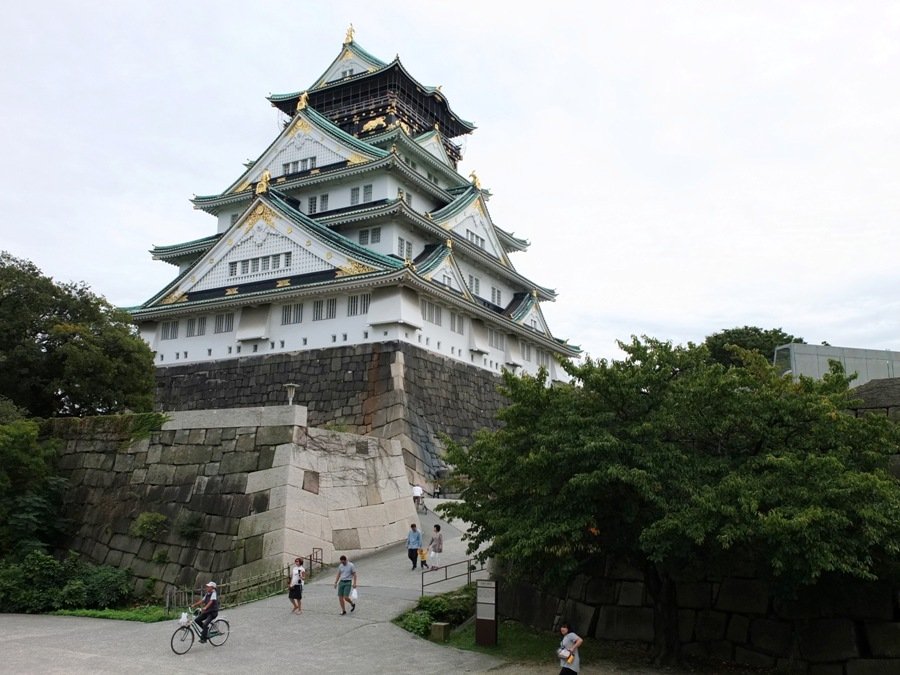
More stories by this author here.
Email: tomarnstein@thebeijinger.com
WeChat: tenglish_
Instagram: @tenglish__
Photos: Tom Arnstein



